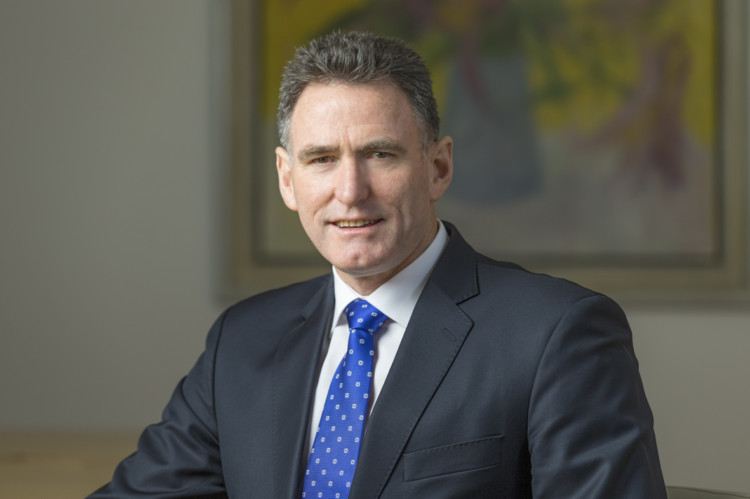Further branch closures and asset sales are being lined up as part of a savage cost cutting package designed to save taxpayer-owned RBS billions of pounds.
Group chief executive Ross McEwan told investors yesterday that the bank was targeting £4.3 billion of savings from the business by 2017, a figure that comes on top of the £1 billion of costs it was on track to remove this year.
Tens of thousands of jobs have been cut since RBS was brought to its knees during the recession and the government was forced to bail-out the bank with £45 billion of taxpayers cash.
Mr McEwan told investors at the bank’s annual meeting in Edinburgh yesterday that it was looking carefully at how it managed its extensive branch network and the sale of further parts of the business.
RBS has already been massively de-risked through a £1 trillion reduction in its balance sheet in recent years, which has included the divestment of £220bn of non-core assets.
Mr McEwan said he was confident that RBS – which posted a £8.2bn loss for 2013 and which has racked up colective losses in excess of £46 bn in the past six years – could be the bank people wanted it to be but said rebuilding an institution of the size and complexity of RBS took time.
He said his plan for the bank was a straightforward one that involved building trust and service levels and providing the support needed to help businesses large and small achieve their growth ambitions.
But he stressed RBS also had to manage it costs “much better” in future.
“This year we are on track for £1bn of savings, which will be delivered by changes that will also improve effectiveness and simplicity,” Mr McEwan said.
“Our target is to take a further £4.3bn out of our cost base by 2017, including through disposals. And our new strategy also involves us strengthening our capital position.”
The bank – which remains more than 80% owned by the British government through its UK Financial Investments vehicle – is currently looking to sell off its US retail bank Citizens and will float its newly resurrected Williams & Glyn business which includes a branch network extending to more than 300 outlets.
It is also progressing with a major overhaul of its internal structure to slim the business down from seven divisions to three – personal, commercial, and corporate.
“This is a structure that reflects the new focus of the bank, and the need to efficiently allocate our resources so we are prepared to serve the future needs of customers.” Mr McEwan said.
The CEO also told the meeting that he was “only too aware” that shareholders had not received an ordinary dividend since 2007 and returns had been unacceptable.
He said: “I want to underline that this is a strategy that will deliver for our shareholders as well as our customers. In my experience there is total alignment between these two groups.”
All resolutions proposed at the AGM were duly passed.
Shares in RBS closed the day down 1.4% at 323p yesterday.
